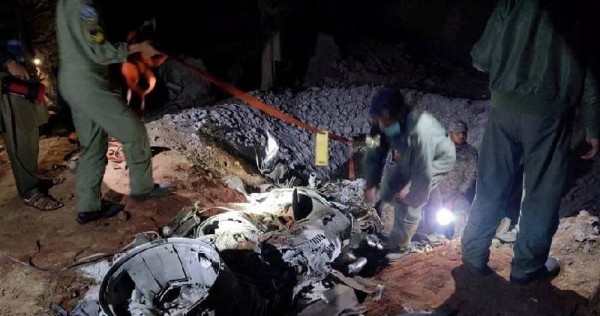NEW DELHI — India is reviewing its standard operating procedures for weapons systems and will immediately fix any shortcomings after accidentally launching a missile into Pakistan last week, its defence minister said on Tuesday (March 15).
Although tension between India and Pakistan had calmed in recent months, military experts have previously warned against the risk of accidents or miscalculations by the nuclear-armed arch rivals, who have fought three wars.
The missile, released around 7pm last Wednesday during routine maintenance and inspection, landed in Pakistan without causing any casualties, the minister, Rajnath Singh, told parliament.
“We attach the highest priority to the safety and security of our weapon systems,” Singh said in the first public statement by an Indian official on the incident first reported by Pakistan’s military on Thursday.
“I would also like to state that a review of the standard operating procedures for operations, maintenance and inspections is being conducted,” Singh added.
A spokesman for Pakistan’s foreign office, which has sought a joint probe into the incident, said it was reviewing the Indian minister’s statement.
Pakistan has demanded clarification from New Delhi over its safety mechanism to prevent accidental missile launches and urged the international community to help maintain regional stability.
China urged the South Asian neighbours to set up a reporting mechanism to avoid such incidents and share information, said Zhao Lijian, a spokesman of its foreign ministry.
“Pakistan and India are both important countries in South Asia, bearing responsibilities for maintaining regional security and stability,” he told reporters on Monday.
Delivering short statements in both houses of India’s parliament, Singh said the safety procedures and protocols for the country’s missile systems were of the highest standard and reviewed periodically.
“I can assure the House that the missile system is very reliable and safe,” he said, without saying which missile had been accidentally launched.
This article was first published in Asia One . All contents and images are copyright to their respective owners and sources.











